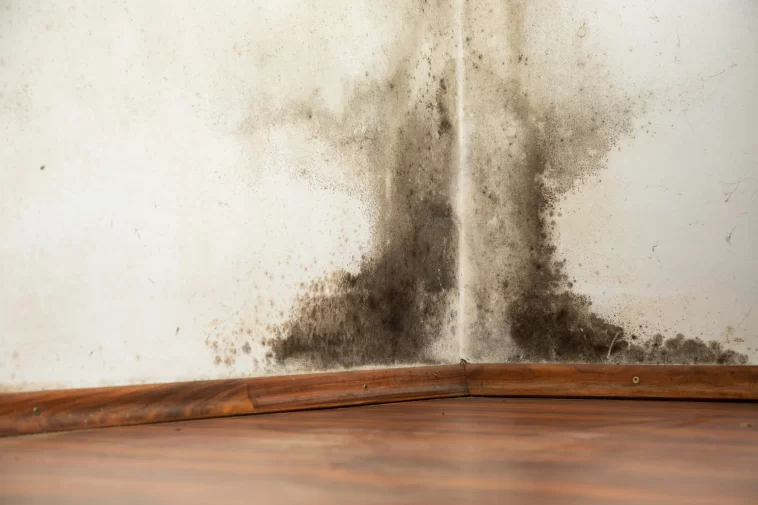When it comes to maintaining a healthy and safe home, one area that often gets overlooked is the basement. Basements are notorious for being dark, damp, and prone to mold growth. In this comprehensive guide, we will explore how to effectively prevent mold in your basement and ensure a clean and healthy living environment for you and your family.
Understanding Mold and Its Causes
First, it’s important to understand what mold is and how it thrives. Mold is a type of fungus that reproduces by releasing tiny spores into the air. These spores can attach themselves to various surfaces and start growing when they find a moist environment. Basements, with their cool temperatures and potential for moisture, offer an ideal habitat for mold to thrive.
There are several factors that can contribute to mold growth in basements. These include:
- Moisture: Mold requires moisture to grow, so any source of water leakage or high humidity levels in the basement can create the perfect conditions for mold to develop. This can be caused by plumbing leaks, foundation cracks, poor ventilation, or flood damage.
- Organic Materials: Mold feeds on organic materials such as wood, drywall, and carpet. If these materials are present in your basement, mold can find a food source and start multiplying.
- Lack of Airflow: Poor airflow in the basement can trap moisture and create stagnant conditions that promote mold growth. Areas with limited ventilation, such as closed-off corners or tight spaces, are particularly susceptible to mold infestation.
Identifying and Addressing Mold Issues
To effectively prevent mold in your basement, it’s crucial to identify any existing mold problems and promptly address them. Here are some steps you can take:
- Visual Inspection: Regularly inspect your basement for any visible signs of mold, such as discoloration or a musty odor. Pay close attention to corners, walls, ceilings, and other areas prone to moisture accumulation.
- Moisture Control: Take steps to reduce moisture in your basement. Fix any plumbing, repair foundation cracks, and ensure proper drainage around your home. Consider installing a dehumidifier to maintain optimal humidity levels.
- Ventilation: Improve airflow in your basement by opening windows or using fans. Consider installing vents or exhaust fans to ensure proper air circulation, especially in areas prone to dampness.
- Proper Insulation: Insulate your basement walls and floors to prevent condensation. Cold surfaces can attract moisture, leading to mold growth. Insulation will help maintain consistent temperatures and reduce the risk of condensation.
- Professional Help: If you have extensive mold growth or water damage in your basement, it’s advisable to seek professional assistance. Trained mold remediation specialists can safely remove the mold and mitigate any underlying issues.
Tips for Long-Term Mold Prevention
In addition to addressing existing mold problems, there are preventive measures you can take to keep your basement mold-free:
- Regular Cleaning: Keep your basement clean and clutter-free. Regularly vacuum or sweep the floors, wipe down surfaces, and remove any dust or debris that can serve as a breeding ground for mold.
- Monitor Humidity Levels: Invest in a hydrometer to regularly monitor the humidity levels in your basement. Ideally, humidity should be kept below 60% to discourage mold growth. If necessary, use a dehumidifier to maintain optimal conditions.
- Maintain Your HVAC System: Ensure that your heating, ventilation, and air conditioning (HVAC) system is properly maintained. Clean air filters regularly and check for any signs of mold growth in the system. Consider installing an air purifier to improve air quality.
- Proper Storage: Store items in your basement in a way that promotes airflow and prevents moisture buildup. Use plastic bins or shelves instead of cardboard boxes, and elevate items off the floor to prevent contact with any potential water seepage.
Conclusion
Preventing mold in your basement requires a proactive approach and a commitment to maintaining a dry and well-ventilated environment. By following the guidelines outlined in this article, you can effectively prevent mold growth and ensure a healthy living space for you and your family. Remember, regular inspections, moisture control, and proper ventilation are key to keeping mold at bay. Take the necessary steps to protect your basement, and enjoy a clean and mold-free home.


